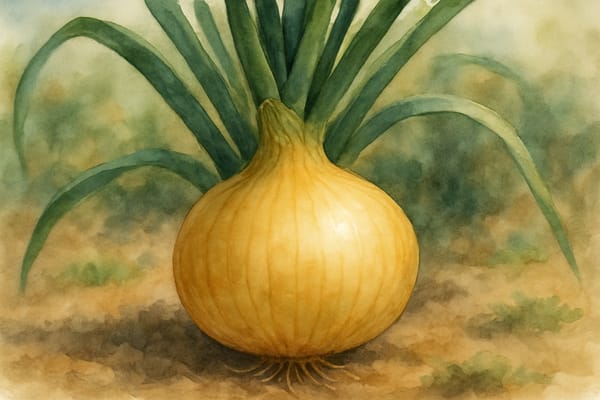There’s something timeless about a border of snapdragons swaying in a summer breeze — those upright spires bursting with colour, the curious “dragon mouths” irresistible to children and pollinators alike. For gardeners seeking a rewarding addition to the border, growing them from seed is as straightforward as it is satisfying, once a few nuances are understood.
When and How to Sow Snapdragons
Snapdragons reward an early start. Seeds can be sown indoors from January through April — a fine way to get ahead of the season. Outdoor sowing is possible after the last frost, but with Cornwall’s unpredictable springs, indoor sowing tends to yield stronger plants.
Sow into trays or pots filled with fine seed compost. A gentle firming of the compost provides a stable bed for the seeds. The golden rule? Don’t cover them. Snapdragon seeds are tiny and need light to germinate. Sprinkle them thinly on the surface, mist gently, and cover with a clear lid to retain moisture. Keep them at around 16–21°C in a bright spot — a cool greenhouse or sunny windowsill works well.
Germination takes patience — usually 7–21 days. When seedlings appear, they should be handled gently. Once two true leaves have formed, prick out and transplant into small pots or cell trays. Pinching out the tips after 4–6 leaves encourages bushier plants with more flower spikes — a simple step that makes all the difference.
Growing On and Hardening Off
When seedlings look sturdy, it’s time to harden them off. Over a week or so, they can be moved outside during the day and back in at night. This gradual acclimatisation builds resilience, ensuring a stronger start when planted out.
Planting Out — Making Their Home
Once the danger of frost has passed (typically late April or May), snapdragons can be planted out in well-drained, moderately fertile soil with plenty of sun. Spacing is key — 25–30 cm apart for smaller varieties and up to 45 cm for taller types. Good spacing helps plants thrive and keeps many common issues at bay.
Ongoing Care — Keeping Snapdragons Happy
Watering requires balance. Snapdragons dislike prolonged dryness but won’t tolerate soggy roots. A weekly soak in dry spells — more often for container-grown plants — keeps them healthy. Always water at the base to reduce the risk of mildew.
Feeding depends on soil quality. In fertile ground, they’ll do well unaided. In leaner soils, a balanced liquid feed every couple of weeks during flowering encourages robust blooms.
Deadheading is vital. Removing spent flowers just above a set of leaves promotes fresh spikes. Cut flowers last well in a vase, and regular picking stimulates further flowering.
Support and Airflow
Tall varieties benefit from support. Slender bamboo canes or horizontal netting work well in cutting beds. This simple step encourages upright growth and helps maintain plant health.
Watchpoints — Pests, Diseases, and Common Problems
Snapdragons are generally trouble-free, but a few challenges can arise:
- Aphids favour young shoots — a sharp spray of water or insecticidal soap keeps them in check.
- Thrips may mark leaves and flowers — regular tidying and sticky traps help prevent infestations.
- Rust and Mildew thrive in damp, crowded conditions. Proper spacing and prompt removal of affected leaves make a significant difference.
- Slugs and Snails often target young plants. Barriers, copper tape, and night-time patrols are effective deterrents.
Root rot is rare but possible in poorly drained soil — ensuring good drainage is the best safeguard.
Top Tips for a Longer Season
Snapdragons thrive with regular attention. Deadheading, consistent watering, and occasional feeding keep them performing at their best. A second sowing in early autumn can give a head start for the following year.
Early staking and careful thinning encourage airflow and reduce pest and disease risks.
Above all, snapdragons bring life and colour to both cutting patches and cottage garden borders — a long-lasting highlight from early summer to the first autumn frosts.
This advice is shaped by practical experience, seasonal rhythms, and a deep appreciation for plants that flourish in Cornwall’s ever-changing climate. Snapdragons may not be the rarest bloom, but with thoughtful care, they offer a vibrant display worthy of any garden border.











